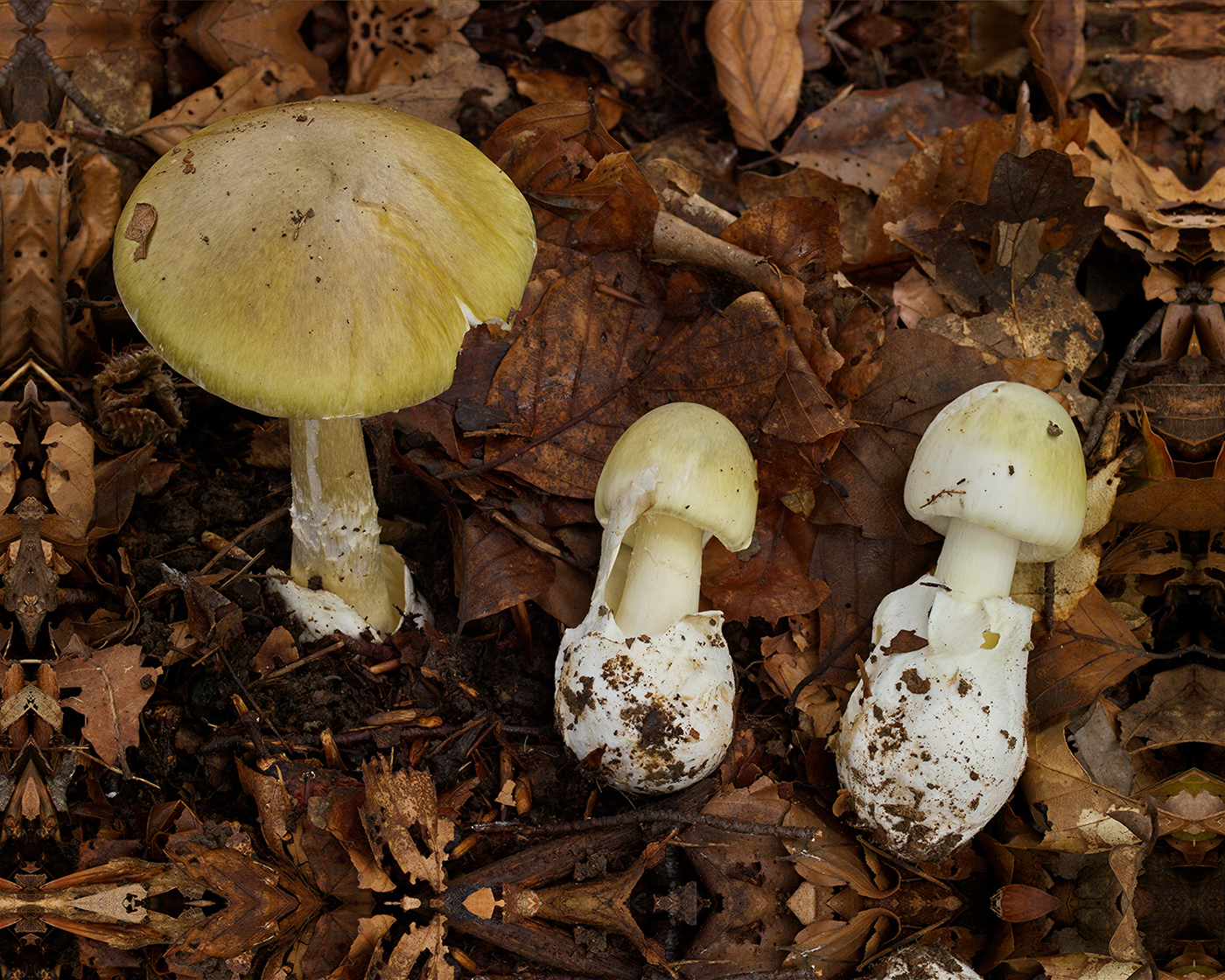Because of the wet weather, mushrooms are sprouting in nature. But not all of them are edible. The tuberous leaf fungus is particularly dangerous. At the MHH, there are currently an increasing number of victims of life-threatening mushroom poisoning.

Consumption is life-threatening: green amanita mushrooms in various stages of growth. Copyright: Andreas Kunze/Deutsche Gesellschaft für Mykologie e.V.
Hannover Medical School (MHH) is sounding the alarm: in recent days, an increasing number of people have been admitted with mushroom poisoning. Since the beginning of August, six people have already been treated in intensive care at the MHH, one of whom has since died, and another may need a liver transplant. Most of the patients come from countries in the former Soviet Union and the Middle East. The tuber leaf fungus is primarily responsible for the cases of poisoning. "In the home countries of the affected persons, the tuber leaf fungus is probably less common. Here in Germany, the danger of mushroom picking is often not taken seriously enough due to ignorance," explains Professor Dr. Markus Cornberg, Deputy Director of the Clinic for Gastroenterology, Hepatology, Infectiology and Endocrinology. "Even apps or fungus books do not protect against confusion." Inadequate knowledge of individual mushroom species can quickly lead to poisoning and liver failure.
Bulbous-leaf mushrooms destroy the liver
The tuberous leaf fungus is one of the most poisonous mushrooms in Germany and is responsible for 90 percent of all fatal mushroom poisonings. The mushroom is very dangerous because its poison does not take effect until several hours after consumption and is then already absorbed throughout the body. Initially, symptoms such as nausea, vomiting and diarrhea occur - similar to a gastrointestinal infection. After one to two days, damage to the liver occurs, which can be accompanied by blood clotting and kidney dysfunction. "In the worst case, the liver stops functioning, so that only a liver transplant can save the patient's life," says Professor Cornberg.
Involve mushroom experts
Because of the great danger, mushroom pickers should have the mushrooms they find determined by a mushroom expert before eating them. The poison information center north guesses beyond that to visit training courses of the German society for mycology, before it goes to the mushroom search. Training courses can improve knowledge of the species. One should not rely on Apps, which help with the determination of mushrooms.
Call an emergency physician if you suspect it
If mushroom poisoning is suspected, the emergency physician should be called urgently. Mushroom debris and vomit should be saved to aid in diagnosis.
The tuber leaf fungus grows in the period from August to October in deciduous and mixed deciduous forests. It can be recognized by a three to 15 centimeter wide cap, which is bell-shaped to umbrella-like spread. There are white lamellae on the underside. The color of the poisonous mushroom is green, green-yellow or white.
Quick help in case of poisoning is also provided by the Poison Information Center-North by calling (0551) 19240. Less urgent questions about poisoning can be answered by medical personnel by calling (0551) 383180.